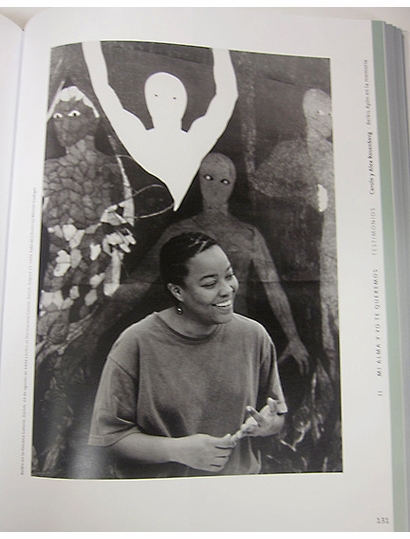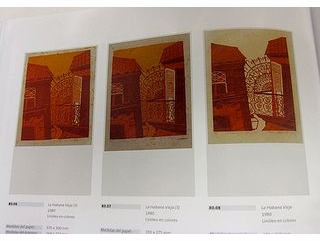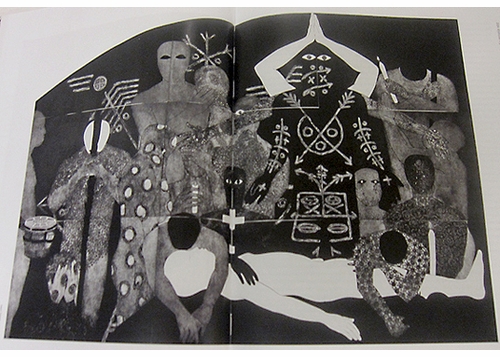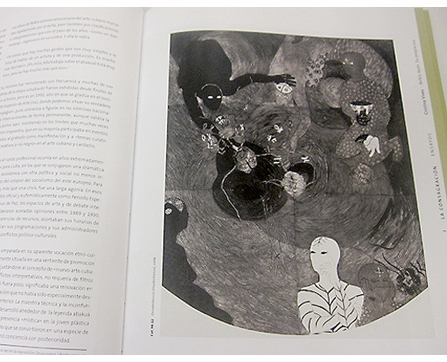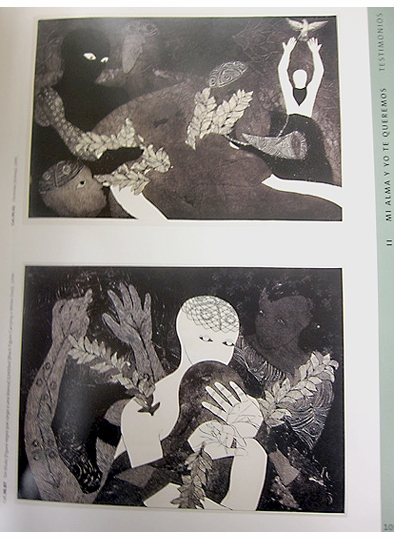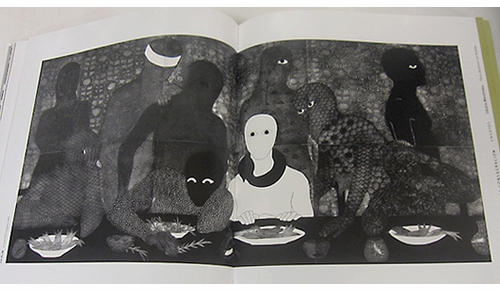| RECENT POSTS DATE 12/11/2025 DATE 12/8/2025 DATE 12/3/2025 DATE 11/30/2025 DATE 11/27/2025 DATE 11/24/2025 DATE 11/22/2025 DATE 11/20/2025 DATE 11/18/2025 DATE 11/17/2025 DATE 11/15/2025 DATE 11/15/2025 DATE 11/14/2025
| | | ERIN DUNIGAN | DATE 8/20/2010When I first learned about Belkis Ayón: Nkame in our weekly editorial acquisitions meetings my interest was immediately piqued; and the more I read about the Cuban artist the more I was sucked into the captivating mystery of her work and life. Belkis Ayón committed suicide in 1999 at the age of 32, sending ripples through the art world and shocking family and friends who had detected no outward signs of depression in the successful young artist. Ayón’s sudden death proves to be just as enigmatic as her art.
The artist’s meteoric rise coincided with the harshest years of Cuba's post-Soviet economic crisis. As a result, she developed a practice that made use of the limited materials at her disposal. Ayón was skilled in the art of print-making, lithography, serigraphy and collography, and frequently experimented with the application of paper scraps, sandpaper, gesso and even carborundum to her surfaces. She tended to work in a range of grays, blacks and whites creating vibrant and highly-textured images that all but leap off the picture plane. Though her compositions are aesthetically powerful, the most compelling aspect of Ayón’s work is her macabre subject matter.
In this overwhelming 312-page catalogue raisonné (which includes a DVD companion with additional essays, images and even archival video footage), readers can trace the gradual shift in Ayón’s work from prosaic scenes of city life, portraits and household interiors to her consuming fascination with Afro-Cuban religious iconography, specifically that of the Abakua.The Abakua are an all-male secret society, a combination of both Christian and African traditions, which first made its appearance in Cuba around 1836. The origins of the brotherhood can be traced back to southern Nigeria and their beliefs were likely brought to Cuba’s port cities by African slaves. The Abakua function as a mutual-aid organization and are known for rituals and ceremonies full of theatricality and drama (such as drumming, dancing and chanting in their own secret language). In their initiation rites members are sworn to secrecy, perhaps explaining why the Abakua have remained hermetic for nearly two centuries and are considered one of the most misunderstood contemporary Afro-Cuban religions.
While Abakuan symbolism plays a predominant, and at times, ominous role in Ayón’s engravings, the artist was also incredibly drawn to the tragic figure of Sikan, a central and recurring character in many of her tableaus. In Abakuan lore the African princess Sikan plays an Eve-like role, wherein she is folds to temptation and is punished for her disobedience. Unlike Eve, Sikan is killed for her indiscretion and her death marks both the beginning of the Abakuan brotherhood, as well as the beginning of the female ban on joining the society. Ayón’s striking images are dominated by alien-like beings portrayed without facial features, aside from piercing almond-shaped eyes contorted to express their intense emotions. Art historian Cristina Figueroa describes the effect, "These figures can look at you but cannot speak. So you have to interpret what they're trying to say through their eyes." She goes on to postulate that the absence of the mouth in Ayón’s figures illustrates the secrecy of the members of the Abakua. These shadowy spirits are depicted performing ritual acts or simply surrounded by mysterious symbols and iconography. A narrative seems to be present in many cases but shrouded by layers of meaning that cannot easily deciphered. They are both haunting and absolutely enchanting!
The mythology surrounding Belkis Ayón and her art may never truly be understood, but the impact that she left on the world will endure. Since her death the Cuban government has declared a patrimony on her work, prohibiting it from leaving the country. And in the artist’s lifetime her art was acquired by the Museum of Modern Art, NY and the Museum of Contemporary Art, Los Angeles, among other notable institutions.Turner publications affirms Ayón’s legacy with this thorough and heartfelt tribute to the artist’s life and work. And it is worth noting that the Project Director for this catalogue is Dr. Katia Ayón (Belkis’s sister) who in the introduction writes: “…Thus it is confirmed that art is, among many things, a sort of life after life, or the most effective weapon to confront death. The reminiscences of a person are something else. Belkis was accustomed to dealing with myths, and her own myth grows between her friends, colleagues and students who loved her… a token of such affection can also be found in these pages.”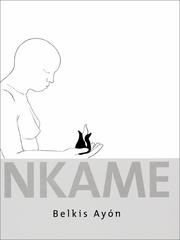 Turner
Hbk, 9.5 x 12.25 in. / 312 pgs / 400 color / Data CD.
| |
|
